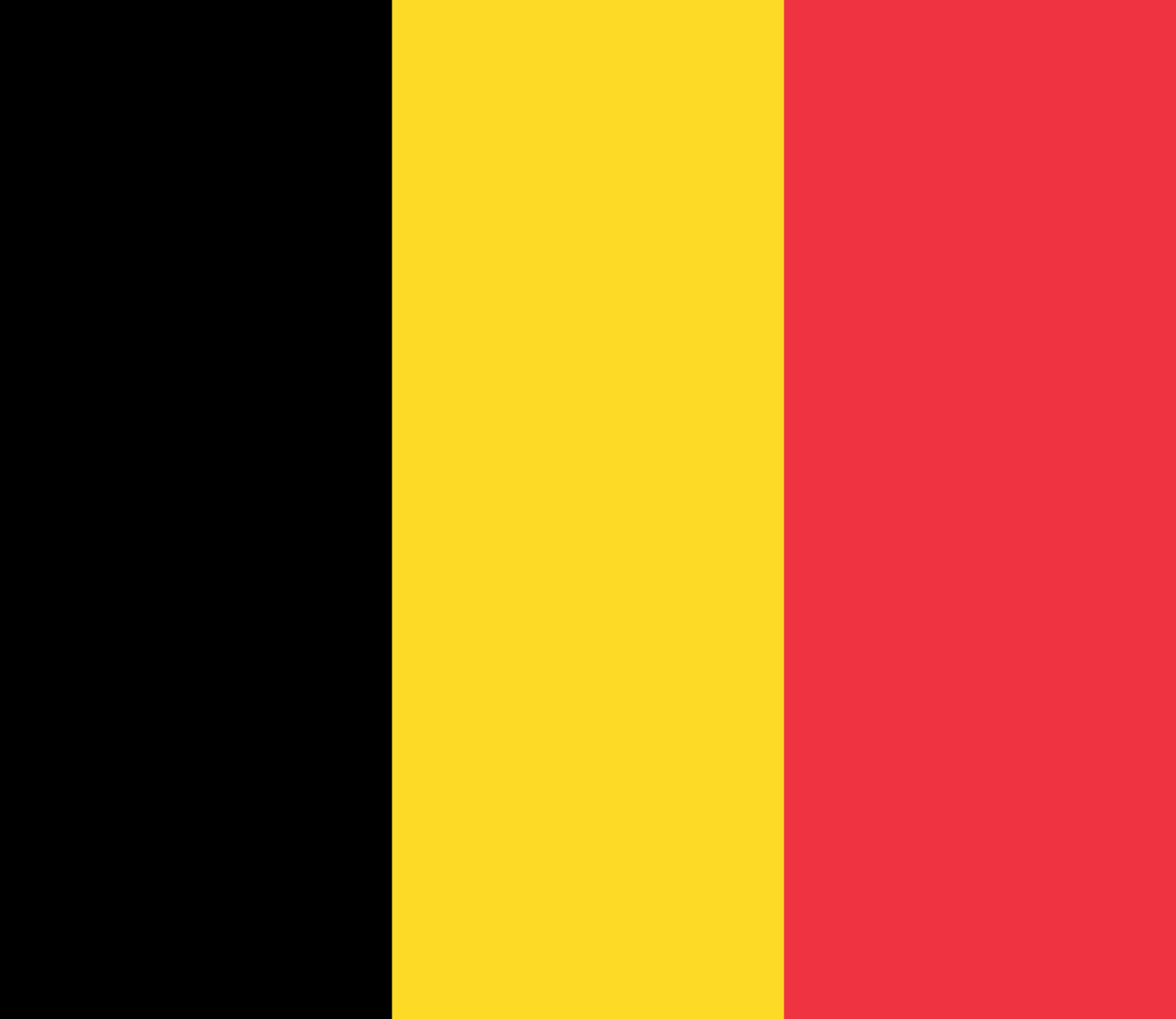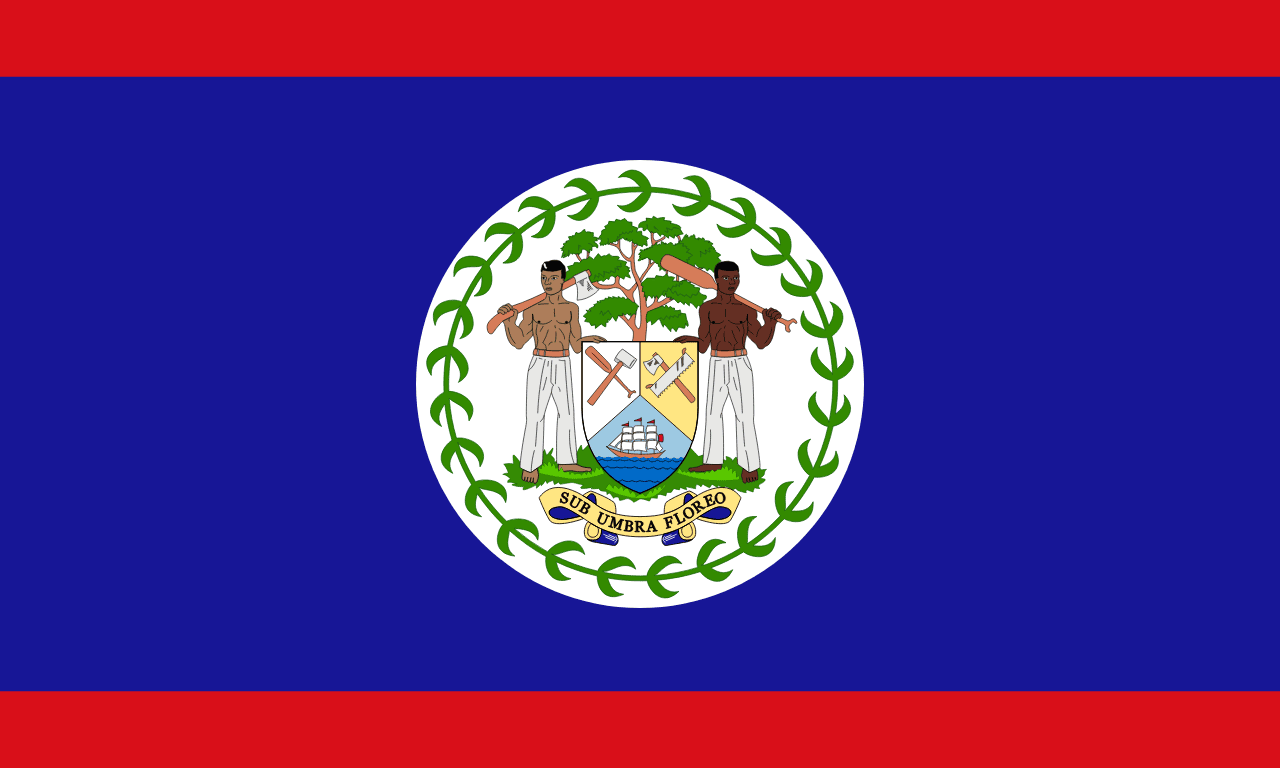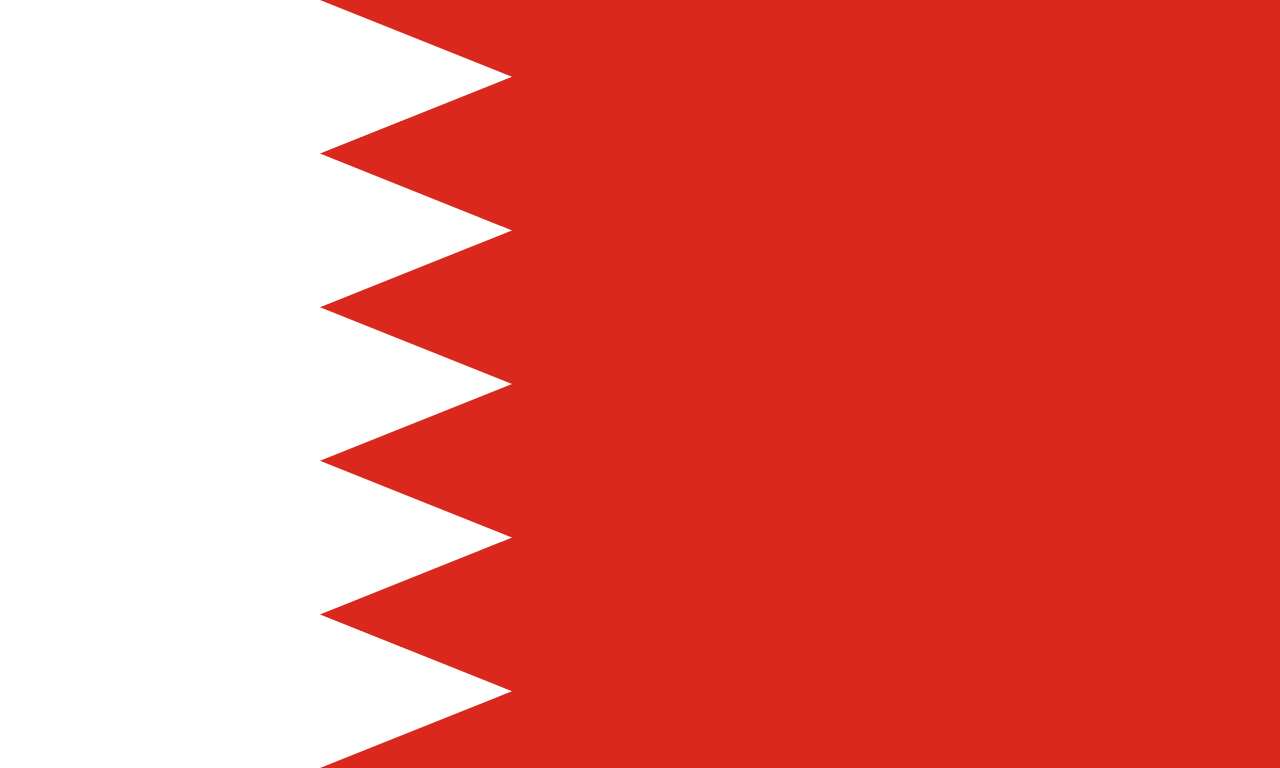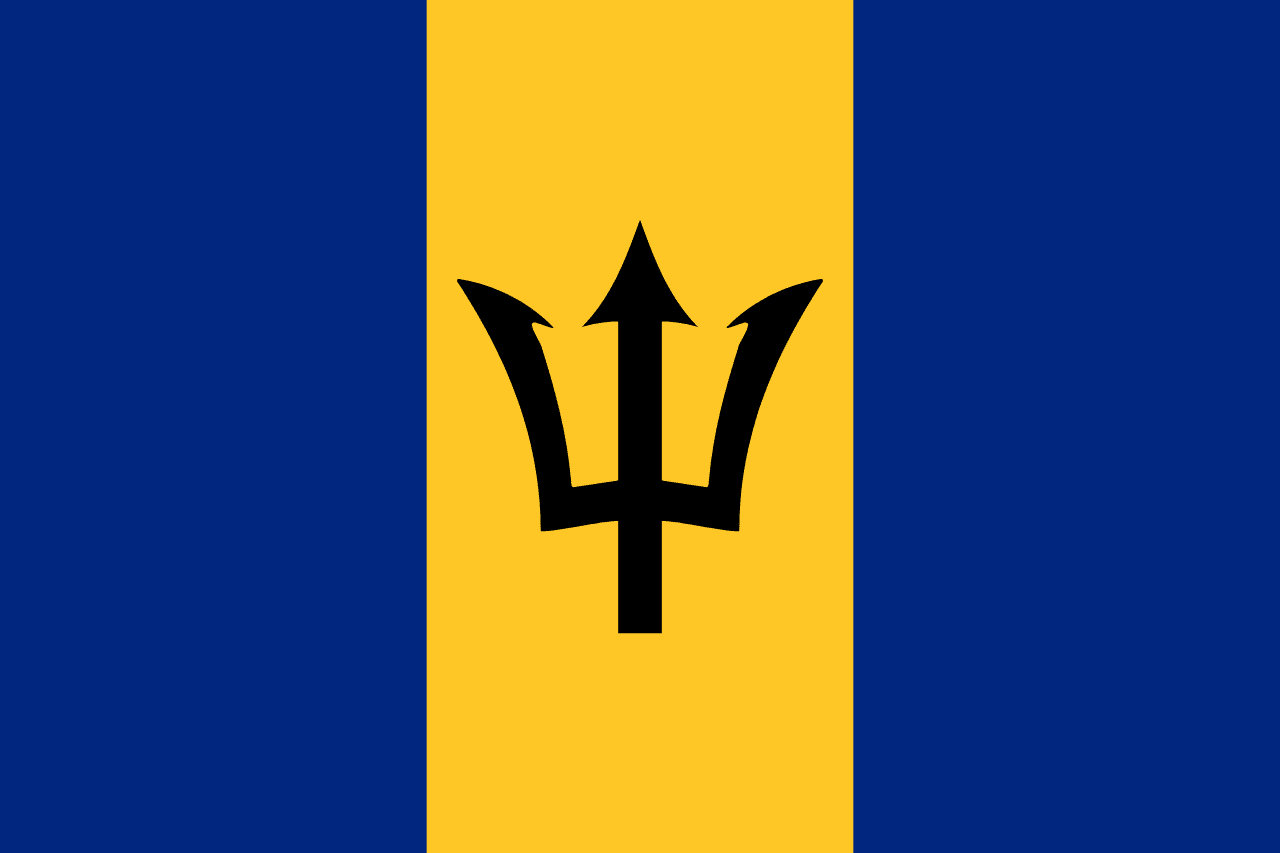The flag of Belarus consists of two horizontal bands of red and green, with a white and red ornamental pattern on the hoist side. This distinctive design encapsulates Belarus' rich history, cultural heritage, and national aspirations.
Belarus information
| National Flag Day | — |
| Sovereign state | Yes |
| Official name | Republic of Belarus |
| Capital | Minsk |
| Population | 9,480,402 |
| Area | 207,600 km² |
| Currency | Belarusian ruble (BYN) |
| Language | Belarusian, Russian |
| Continent | Europe |
| Region | Eastern Europe |
| Subregion | — |
| Borders | Lithuania, Latvia, Russia, Ukraine, Poland |
| Timezone | FET (UTC+3) |
| Calling code | +375 |
| Top-level domain | .by |
History of the flag
 The current flag of Belarus was adopted on June 7, 1995, following a controversial referendum. It represents a significant departure from the white-red-white flag used immediately after Belarus gained independence from the Soviet Union in 1991.
The current flag of Belarus was adopted on June 7, 1995, following a controversial referendum. It represents a significant departure from the white-red-white flag used immediately after Belarus gained independence from the Soviet Union in 1991.
The design is heavily influenced by the flag of the Byelorussian Soviet Socialist Republic (BSSR), which was used from 1951 to 1991. However, the current flag removes the hammer and sickle and the star, replacing them with the national ornamental pattern.
Symbolism and design of the flag
Each element of the Flag holds deep significance:
- The red band symbolizes the bloodshed and sacrifices made by the Belarusian people throughout their history. It also represents the sun, brotherhood, and the struggle for freedom and independence.
- The green band represents hope, the country's abundant forests, and its agricultural heritage. It also symbolizes spring, renewal, and the future.
- The white and red ornamental pattern on the hoist side, known as "vyshyvanka," is based on a traditional Belarusian embroidery design. It symbolizes the cultural heritage, national identity, and craftsmanship of Belarus.
Evolution and specifications of the flag
The flag's design has remained largely unchanged since its adoption in 1995, but its history is complex:
- The flag's proportion is 1:2, meaning its width is half its length.
- The ornamental pattern occupies one-ninth of the flag's length.
- From 1991 to 1995, Belarus used a white-red-white horizontal tricolor flag, which is still used by opposition groups as a symbol of democracy and independence.
- The current flag design was slightly modified in 2012, standardizing the ornamental pattern and adjusting the color shades.
Usage and significance of the flag
 The flag of Belarus is a symbol of state sovereignty and national unity. It is prominently displayed on government buildings, schools, and public institutions throughout the country. During national holidays, particularly Independence Day on July 3rd, the flag takes center stage in official celebrations across Belarus.
The flag of Belarus is a symbol of state sovereignty and national unity. It is prominently displayed on government buildings, schools, and public institutions throughout the country. During national holidays, particularly Independence Day on July 3rd, the flag takes center stage in official celebrations across Belarus.
In international contexts, the Flag represents the nation at diplomatic events, United Nations gatherings, and global sporting competitions. It serves as a visual ambassador, embodying Belarus' sovereignty and cultural heritage on the world stage.
Interesting facts about the flag
- The ornamental pattern on the flag is a traditional design called "the rising sun," symbolizing good fortune and prosperity.
- Belarus is one of the few countries in the world to feature a traditional ornament on its national flag, making it highly distinctive.
- The flag's design has been a subject of political controversy, with opposition groups preferring the white-red-white flag used briefly after independence.
- The exact shades of red and green used in the flag are specified by law to ensure consistency in reproduction.
- The flag is sometimes referred to as the "Red-Green" flag due to its dominant colors.
- In Belarusian culture, the flag is treated with great respect, and there are specific protocols for its handling and display.
- The ornamental pattern on the flag has inspired various national branding initiatives and is often incorporated into Belarusian cultural products and souvenirs.





